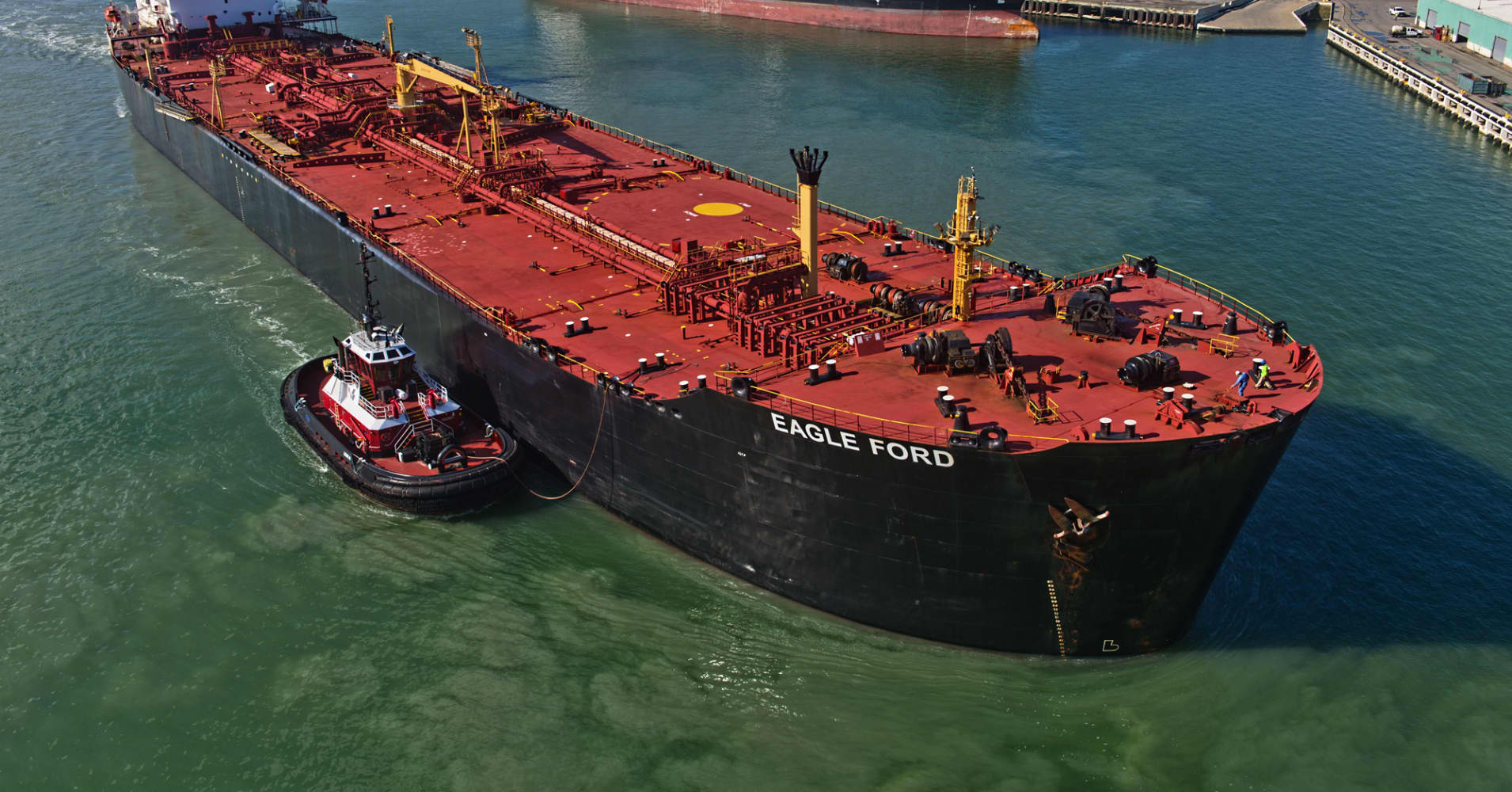
This year
represents a unique time period, as OPEC takes on the responsibility of
rebalancing global fundamentals in an effort to boost oil pricing.
These efforts along with favourable oil economics have supported an
emergence of a new tanker trading route and the recovery of an existing
one, both of which have provided some relief for VLCC owners operating
in the Atlantic Basin in a depressed market, McQuilling Services said in
an industry note.
The resurgence of US shale production coupled with higher Canadian
output has considerably boosted crude supply within North America,
allowing domestic US producers to expand their presence in distant
export markets. This expanding supply has placed pricing pressure on
WTI-linked grades, allowing them to become more competitive to Far East
refiners.
Further analysis of the landed transportation costs shows the arbitrage
opportunities Eastern refiners seek to increase profitability through
US Gulf sourcing. A steady discount on the landed cost of shipping crude
from the US Gulf to China on a VLCC versus barrels from West Africa was
seen, averaging around $1.23 per barrel during 2017.
Export volumes out of the US Gulf to the East have surged with 24 VLCC
cargoes making the trip year-to-date, compared to just seven in 2016,
according to McQuilling’s vessel position data. Through the first
quarter of 2017, a 61% rise was seen in tonne/mile demand out of the US
Gulf over 2016’s full year average with notable expansion witnessed to
both the Far East and Southeast Asia.
Exports continue to expand into new markets as the India Oil Corp (IOC) purchased its first cargo of US crude this month.
For the remainder of this year, McQuilling forecast US Gulf export
volumes to remain relatively healthy on the back of rising crude
production in the US and flat production growth in the Middle East.
Specifically, the USG/Far East trade is projected to make massive gains
in VLCC demand growing from 1.4 bill tonne/miles in 2016 to 73 bill
tonne/miles in 2017. However, in the near-term there could be some
downside risks stemming from rising supply in West Africa and a
potential rebound of Middle Eastern exports.
Nigeria posted its first year-on-year increases in crude output in May
and June this year, since 2016, indicating a recovery in upstream
operations. This coupled with declining US crude inventories could place
some pressure on the West Africa transportation premium and reduce the
opportunity for US Gulf arbitrage flows to the East.
Compliance to the OPEC-led production cuts significantly declined in
June, as total output rose and Ecuador publicly announced its inability
to commit to the supply accord. A potential rebound in Middle Eastern
crude supply could reduce regional benchmark pricing and induce refiners
to source additional barrels.
Further to the south, a rebound in Brazilian crude production has been
boosted by the addition of several FPSOs in the Campos Basin. Rising
output continues to outpace local demand growth, expanding the crude
surplus to over 900,000 barrels per day in recent months.
VLCC owners in the Atlantic Basin have enjoyed steady long haul cargo
opportunities out of East Coast South America to the Far East with 42
voyages recorded thus far this year, compared with 29 in the same period
of 2016. With just 48,000 barrels per day of additional refining
capacity expected in Brazil this year, export volumes are likely to stay
healthy. McQuilling said it remained bullish on Brazilian trades to the
East.
Overall, VLCC demand from the EC South America is expected to expand by
6.6% this year with gains to the Far East and India offsetting slight
declines to Southeast Asia.
Owners operating in the Atlantic Basin have found some relief in terms
of better earnings, as the MEG suffers from lower export volumes and an
oversupply of disadvantaged vessels. Year-to-date, the Brazil/East trade
has seen earnings average $24,152 per day on a round trip basis, which
when applied to the 79-day voyage, equates to about $1.89 mill in
earnings.
The year-to-date average earnings for TD3 amounts to $1.19 mill for the
round trip voyage, considerably lower than the Brazilian trade.
Similarly, the MEG/China route has returned greater earnings for owners
with the year-to-date average net revenue earnings pegged at $2.29 mill.
While activity along the MEG/US Gulf route has been reduced, in the
event that an owner manages to fix on this trade, they will find
improved earnings by triangulating MEG/US Gulf/China with year-to-date
TCEs registering $29,918 per day of $6.1 mill for the 112 day voyage,
McQuilling concluded.
No comments:
Post a Comment